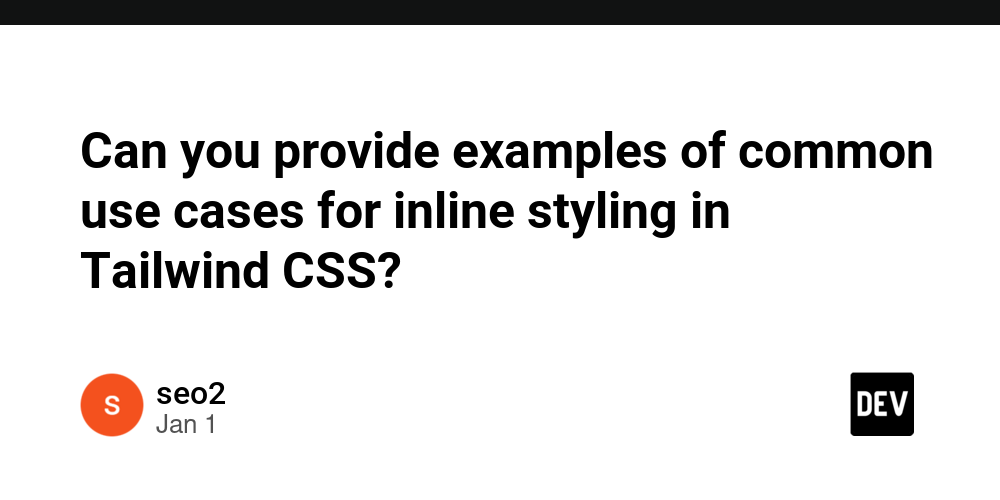1. Dynamic styling using JavaScript
Inline styles are particularly useful when you need to dynamically change styles based on user interaction. For example, you can use JavaScript to apply different styles when a button is clicked.
id="dynamicStyle" class="p-4 text-white">
function changeStyle() {
const element = document.getElementById('dynamicStyle');
element.style.backgroundColor = 'blue'; // Inline style applied
element.innerText = 'Background color changed!';
}
2. Uniquely styled custom values
When you need a specific style that’s not covered by the Tailwind utility classes, inline styles let you define arbitrary values directly in the class properties.
class="bg-[#bada55] text-[22px] p-4">
Custom colored box with unique text size.
3. Responsive design tweaks
Using inline styles and Tailwind’s square bracket notation allows you to implement responsive design adjustments without having to create additional categories.
class="top-[50px] lg:top-[100px]">
This element's position changes based on screen size.
4. rapid prototyping
Inline styles are great for quick prototyping or testing ideas without having to create multiple utility classes. You can quickly adjust styles to see what works best.
class="border border-gray-300 p-4" style="background-color: rgba(255, 0, 0, 0.5);">
Prototyping with an inline background color.
5. No-wash style
Inline styles can simplify your code for elements that require unique styles that aren’t reused elsewhere.
class="text-center" style="font-weight: bold; color: purple;">
Unique styled text that stands out.
These examples illustrate how to effectively leverage inline styles in Tailwind CSS to implement dynamic behavior, unique requirements, and rapid development scenarios while still maintaining the flexibility of Tailwind’s utility-first approach.– Written by Hexagonal House
